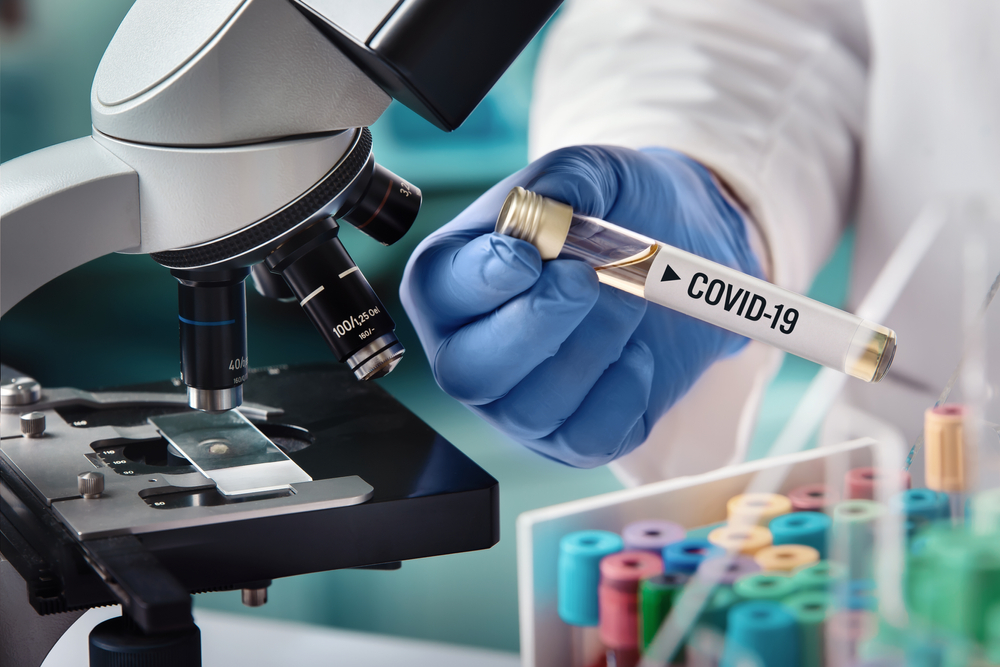If you had an inkling that more money went to vaccine and diagnostic companies in 2020, you were right.
Diagnostics and vaccines have long been the red-headed stepchildren of life sciences investments. Detecting and treating life threatening diseases is the responsible thing to do when the world is threatened with a novel pathogen, but it’s a lot less lucrative than managing and treating chronic conditions. As a result, investors have shied away and left funding these ventures to governments, NGOs of other not-for-profits.
Like so many other things, all of that changed in 2020. Andreessen Horowitz notes its January blog post that renewed investment in infectious disease diagnostics and therapeutics is one of 16 trends that will transform healthcare. In early February, Business Insider reported that VCs are rethinking their positions when it comes to infectious disease investment.
At the end of 2020 I was curious to see if COVID-19 had attracted more private capital to these areas, so I asked Chris Dokomajilar of DealForma if he could run some numbers for me on investments in these subsectors for 2020 and 2019. He was intrigued, and here’s what we found:
- The number of diagnostic and vaccine deals increased 136% in 2020 to 700, compared to 297 in 2019.
- The number of diagnostic and vaccine deals grew four and a half times faster year-over-year than the universe of all deals.
- In 2020, diagnostic and vaccine deals made up 30% of all deals up from 11.5% in 2019.
- Of the 298 vaccine deals in 2020, 266 were COVID-19 specific.
- Out of 405 diagnostic deals in 2020, 198 were COVID-19-centric.
- Looking at deal geography for COVID-19 deals based on the location of the “seller” company, Boston led with 32 deals, the San Francisco Bay Area came in with 25, Greater Philadelphia had 19 and San Diego followed close behind with 18.
My virologist friend says she is very popular every seven years or so when a novel pathogen shows up. This time around, she might remain in demand as it is likely that that COVID-19 won’t be wiped out, but rather it will evolve into an endemic as new variants continue to emerge as the Wall Street Journal notes.
As we learn to live with this latest coronavirus and realize that it probably won’t be the last significant viral threat, let’s hope that on-going investment in diagnosing and treating infectious disease will leave us better prepared the next time.

